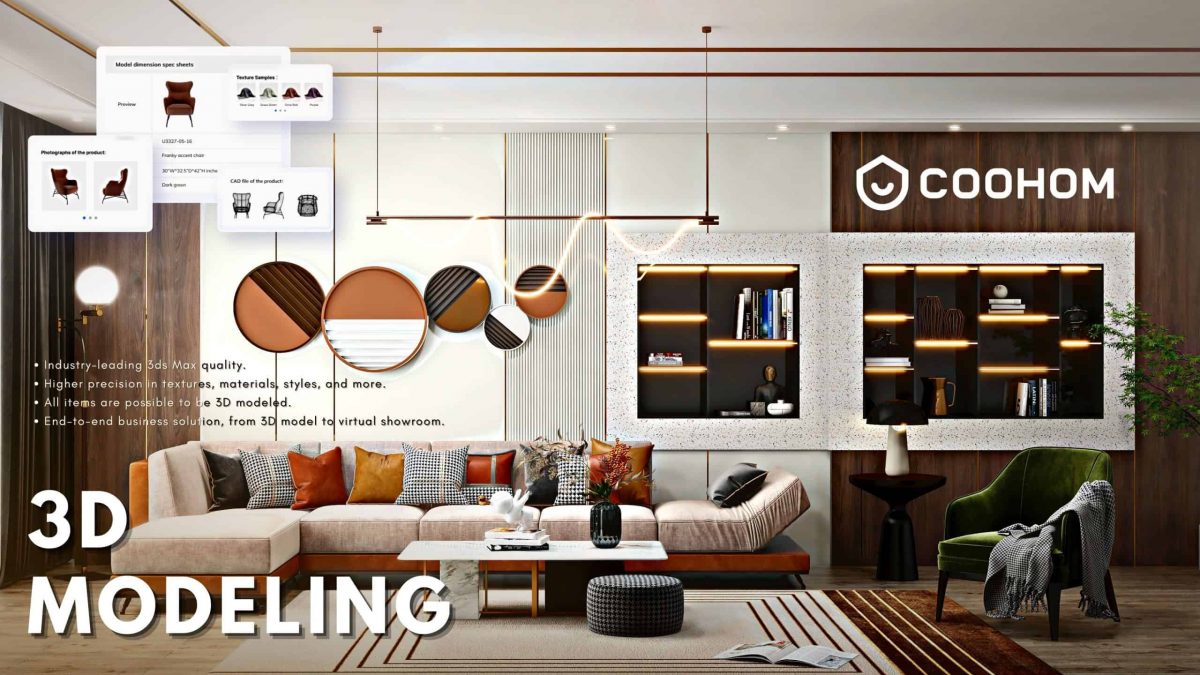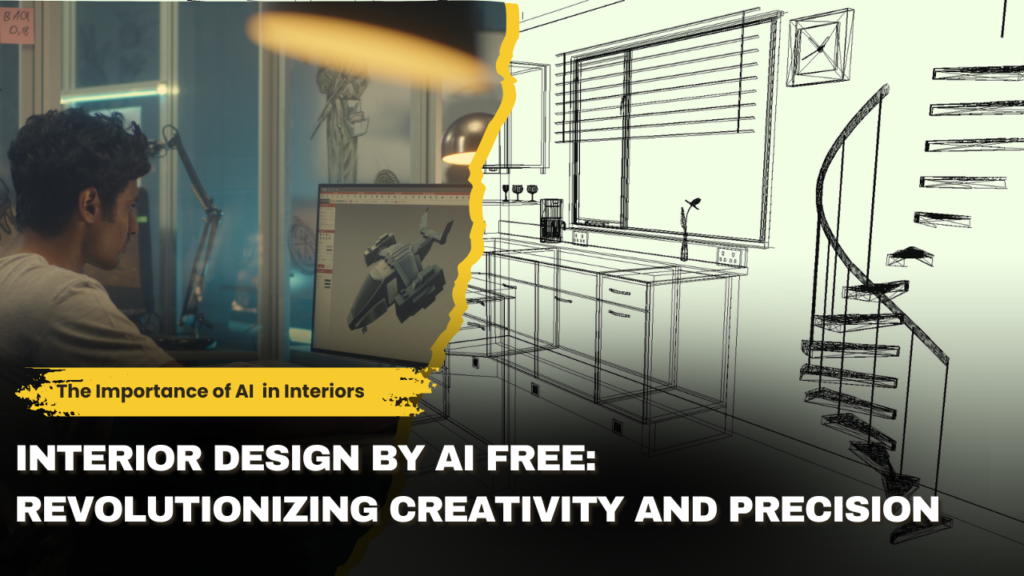Artificial intelligence (AI) is reshaping industries worldwide, and interior design is no exception. The marriage of AI and creativity is transforming the way spaces are conceptualized, designed, and executed. From generating layouts to suggesting decor styles, AI tools empower designers to combine efficiency with aesthetic brilliance. This article delves into the fascinating realm of AI-driven interior design, highlighting its tools, applications, and future potential.
What is AI in Interior Design?
AI in interior design leverages advanced algorithms and machine learning to analyze spaces, preferences, and design trends. It enables precise planning, efficient execution, and tailored aesthetics by generating ideas that suit clients’ specific requirements. With AI, interior design shifts from intuition-based decisions to data-driven solutions.
Top AI Tools for Interior Design
The rise of AI tools has given designers powerful resources to enhance their projects. Here are some standout AI-driven platforms:
1. Planner 5D
Planner 5D uses AI to enable users to create detailed floor plans and 3D visualizations. Its user-friendly interface is perfect for both professionals and novices, allowing quick transformations from concepts to visuals.

2. Coohom
Coohom specializes in 3D modeling and rendering, enabling designers to create photorealistic interiors. Its AI-powered design assistant offers suggestions for furniture placement and decor styles.

3. Homestyler
Homestyler provides drag-and-drop functionality for interior planning. With AI recommendations, users can choose furnishings, materials, and layouts that fit their vision seamlessly.

4. Modsy
Modsy combines AI with human expertise to deliver personalized design solutions. Its tools offer virtual room makeovers, complete with decor and furniture recommendations.

5. Interior AI
Interior AI is revolutionizing virtual staging by allowing designers to upload photos of spaces and transform them into styled interiors. It provides various style options, such as minimalist, bohemian, or industrial.
How AI Transforms the Design Process
1. Generating Realistic Visualizations
AI creates hyper-realistic 3D renderings, enabling clients to visualize finished spaces before the project begins. These renderings help bridge the gap between imagination and reality.
2. Personalizing Client Experiences
By analyzing user preferences, AI tailors designs to individual tastes. From color schemes to furniture choices, every element can be customized to ensure client satisfaction.
3. Automating Tedious Tasks
AI takes over repetitive tasks like drafting floor plans, calculating measurements, and generating material lists. This automation saves time and reduces errors.
4. Predicting Trends
With access to extensive datasets, AI identifies emerging design trends, helping designers stay ahead of the curve.
5. Sustainable Design Solutions
AI optimizes the use of eco-friendly materials and energy-efficient layouts, promoting sustainability without compromising style.
Benefits of AI in Interior Design
1. Enhanced Efficiency
AI reduces the time needed for conceptualization and planning, allowing designers to focus more on creativity and execution.
2. Cost-Effectiveness
By minimizing errors and automating processes, AI helps control project costs while maintaining quality.
3. Increased Accuracy
AI tools ensure precise measurements, reducing material wastage and errors during construction or renovation.
4. Improved Collaboration
Cloud-based AI platforms facilitate seamless collaboration among architects, designers, and clients.
5. Flexibility for Clients
Clients can explore multiple design options, tweak details, and approve plans with confidence, thanks to AI’s interactive tools.
Challenges of AI in Interior Design
Despite its many advantages, AI in interior design faces certain challenges:
- Creativity Limitations: While AI is excellent at data-driven tasks, it may lack the emotional nuance and creativity of human designers.
- Cost of Tools: High-end AI tools can be expensive, making them less accessible to small-scale designers or firms.
- Learning Curve: Mastering AI software may require training and time investment.
The Future of AI in Interior Design
The future of interior design lies in AI-driven innovation. As AI becomes more advanced, it will integrate seamlessly with other technologies like augmented reality (AR) and virtual reality (VR), offering immersive design experiences. Furthermore, the push for sustainability will see AI playing a vital role in eco-conscious designs, ensuring a greener tomorrow.
How to Choose the Right AI Tool for Your Project
When selecting an AI tool for interior design, consider the following:
- Project Scope: Determine the tool’s capabilities based on your project’s complexity.
- Budget: Compare pricing models to ensure affordability.
- Ease of Use: Choose a platform with an intuitive interface for smoother workflows.
- Customer Support: Opt for tools with strong technical support and user communities.
Conclusion
AI is not just a trend but a transformative force in the world of interior design. By combining data precision with creative flair, AI tools are paving the way for a new era of innovative and client-centric designs. Designers embracing AI are not just staying relevant but defining the future.






















